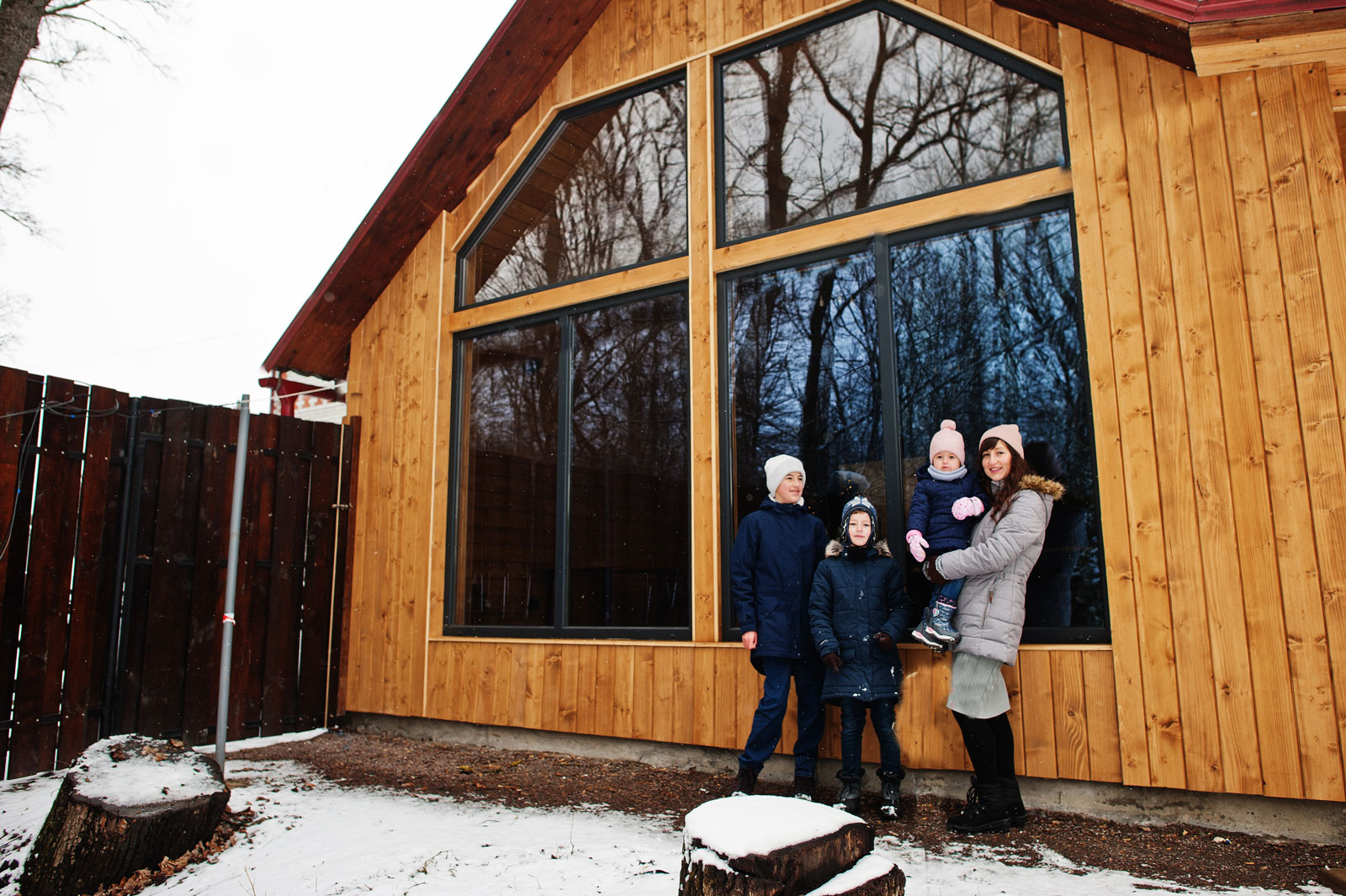
The attraction of escaping the fast-paced routine of everyday life and finding tranquility in the natural world, all while indulging in the cozy charm of a cabin, is undeniably enchanting. Whether you daydream about a classic wooden cabin tucked in the woods or a modern retreat with breathtaking views, the journey of designing your perfect cabin is an exciting and imaginative adventure.
Some people choose to ditch their traditional homes and embrace the cabin life, while others create cabin homes as a destination for their getaways. Regardless of your vision, the following tips can help you design your dream cabin.






Location, Location, Location
Selecting the perfect site stands as the foremost and pivotal step in the process of planning your ideal cabin. The location you opt for has the potential to shape the cabin’s architectural style, accessibility, and the overall quality of your experience. Here are some factors to consider:
- Accessibility: Consider how you’ll access your cabin, especially in different seasons. Is it reachable by road, or will you need to hike or use a boat to get there? Accessibility affects the logistics of construction and maintenance.
- Views and Surroundings: Consider the natural beauty that surrounds your cabin. Tall trees might surround a cabin in the woods, while a lakeside cabin could offer stunning water views. Use the natural landscape to your advantage.
- Local Regulations: Research local building codes and regulations. Some areas may have restrictions on cabin size, minimum requirements for lot and building size, materials, and even the footprint of your cabin.
- Environmental Impact: Be mindful of the environment. Consider how your cabin might impact the ecosystem, and opt for eco-friendly design and materials.
Choosing a Shipping Container as a Cabin
Shipping containers as cabins have gained popularity in recent years. Here’s why you might want to consider this unique option:
- Durability: Shipping containers are inherently robust because they are constructed to endure the rigorous conditions of the open sea. By choosing a container from a reputable company like Boxhub and taking measures to maintain it, you can make the container last for many years. Boxhub also allows you to choose the condition of your container, which may also help you determine the container’s durability.
- Sustainability: Repurposing a shipping container is an eco-friendly choice. It gives new life to a used container and reduces the demand for new building materials.
- Cost-Efficiency: Shipping container cabins are often more cost effective than traditional construction. The basic structure is already in place, saving both time and money.

Designing Your Dream Cabin
From the layout to the materials, there are various design elements to consider:
- Layout: Determine how you want to use the cabin. Is it for weekend getaways or a full-time residence? Your cabin’s layout should cater to your specific needs. Include a functional kitchen, cozy living spaces, and comfortable bedrooms.
- Materials: The choice of materials can impact your cabin’s aesthetics, maintenance, and longevity. Log cabins are a classic choice, but you can explore modern materials with durability and insulation.
- Windows and Natural Light: Large windows enhance the cabin’s aesthetics and allow natural light to flood in, making the interior feel more spacious.
Decor and Interior Design
Your cabin’s interior design is where you can truly let your personal style shine. Here are some design ideas:
- Rustic Charm: Embrace the rustic aesthetic with wooden beams, stone fireplaces, and warm color palettes that create a cozy atmosphere.
- Minimalism: Opt for a minimalist design with clean lines and a neutral color scheme for a modern twist. This approach can make a small cabin feel more spacious.
- Themed Decor: Consider a theme that resonates with your interests, such as a nautical theme for a lakeside cabin or a mountain lodge vibe for a cabin in the woods.









